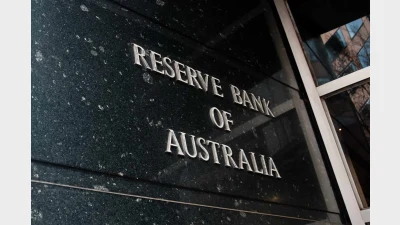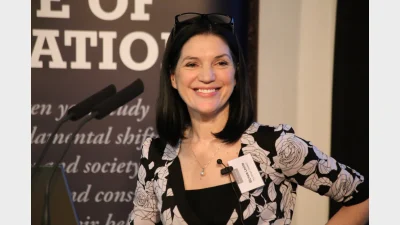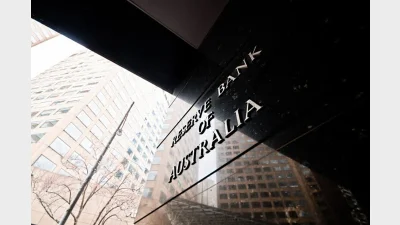Russell boosts global alternatives team
Russell Investments is expanding its global alternative investments team, with plans to appoint more than 25 new specialist resources in the roles of senior consultants, investment strategists and manager research analysts.
In Australia, Nicole Connolly has been appointed as head of alternatives advice, where she will be responsible for directing Russell’s alternative strategy for consulting clients. Connolly has more than 10 years experience in the industry and joins Russell from Telstra Super, where she was portfolio manager — alternative assets.
There have also been internal moves to alternatives-focused roles, including Paul Kreiselmeier, senior research analyst, Leola Ross, senior investment strategist, Lee Kayser, research analyst, and Mark Paris, senior research analyst. These roles reside in the US and are integrated into Russell’s global investment network.
“Expertise in less traditional strategies is becoming increasingly important as investors consider alternative assets in the wake of the global financial crisis,” said managing director of Russell’s global alternative investments team, Victor Leverett.
“I am confident that we have the skills and experience to deliver an innovative approach for clients around the world who are seeking greater insight on alternative investments,” he said.
Recommended for you
Large superannuation accounts may need to find funds outside their accounts or take the extreme step of selling non-liquid assets under the proposed $3 million super tax legislation, according to new analysis from ANU.
Economists have been left scrambling to recalibrate after the Reserve Bank wrong-footed markets on Tuesday, holding the cash rate steady despite widespread expectations of a cut.
A new Roy Morgan report has found retail super funds had the largest increase in customer satisfaction in the last year, but its record-high rating still lags other super categories.
In a sharp rebuke to market expectations, the Reserve Bank held the cash rate steady at 3.85 per cent on Tuesday, defying near-unanimous forecasts of a cut and signalling a more cautious approach to further easing.











